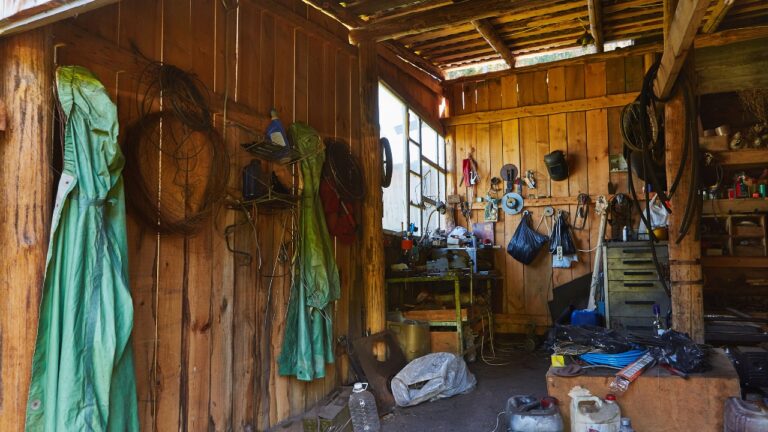What to do before your pipes even think about freezing
When temperatures start to dip, frozen pipes can go from “something you’ve heard about” to a real-life headache overnight. The thing is, most pipe freezes don’t happen in the middle of a brutal cold front—they happen because people wait too long to prepare.
The best time to protect your pipes is before the forecast turns ugly. Once they’re frozen, your options narrow fast.
Start with insulation in the right places
Pipes that run through unheated spaces—like crawl spaces, attics, basements, and garages—need extra protection. Foam pipe insulation sleeves are cheap, quick to install, and can save you thousands in repairs later. Even a small amount of insulation can keep pipes several degrees warmer than the surrounding air, which makes a huge difference when the temperature drops below freezing.
If you’ve got exposed pipes along exterior walls, don’t assume your home’s insulation will cover it. Check under sinks, behind access panels, and near water heaters for gaps or cold spots. These are the first places pipes freeze, and usually the easiest to fix.
Keep cold air out and warm air in
Air leaks are the silent threat in winter. Small drafts near your foundation, windows, or crawl space vents can drop the temperature around your pipes fast. Seal cracks with expanding foam, caulk, or weatherstripping before cold weather sets in.
Inside the house, leave cabinet doors open under sinks to let warm air circulate. It may not look pretty, but it helps keep those pipes from freezing overnight. If you’ve got a bathroom or laundry room on an exterior wall, that’s one of the first places to check.
Don’t skip the outdoor lines

Garden hoses, outdoor faucets, and irrigation systems are easy to overlook—and some of the first things to freeze. Disconnect every hose, drain the water, and close the shutoff valve that feeds the outdoor spigot. Then, open the faucet slightly so any remaining water can drain out instead of expanding and cracking the line.
If you have a sprinkler system, it’s worth blowing it out or having it winterized. Even a small amount of leftover water can burst a pipe underground and flood your yard once it thaws.
Add heat where it matters most
For pipes that stay cold no matter what you do, a heat tape or heating cable is worth installing. These plug-in wraps automatically warm the pipe when temperatures fall below a set point. They’re especially helpful in crawl spaces or older homes where rerouting isn’t practical.
If you go this route, make sure you’re using a product designed for plumbing, not roof or gutter heat tape. Follow the manufacturer’s instructions closely and never overlap the tape. Done right, it’s one of the most effective ways to prevent a freeze.
Know which faucets to let drip
When it gets extremely cold, letting a faucet drip slightly can keep water moving and prevent freezing. Focus on faucets fed by pipes along exterior walls or unheated areas. You don’t need to run a full stream—a slow drip is enough to relieve pressure in the line.
This works because moving water takes longer to freeze, and it reduces the risk of the pipe bursting even if ice starts to form. It’s a small trade-off in water use that can save you a massive plumbing bill later.
Check your main shutoff valve before you need it

If a pipe ever does burst, your first move should be turning off the main water supply—but you don’t want to discover that valve is stuck or buried in a crisis. Find it now, make sure it turns easily, and show everyone in the household where it is.
Knowing how to shut off the water can stop damage before it starts. Even a few minutes can make the difference between a small cleanup and a full remodel.
Stay ahead of the freeze
The truth is, frozen pipes rarely catch the people who prepare. They catch the ones who didn’t think it would get that cold or thought their home was insulated enough. A few small steps—sealing leaks, insulating lines, draining outdoor pipes—go a long way toward keeping your system safe.
When the first frost hits, you’ll be glad you handled it early. Frozen pipes aren’t a matter of bad luck; they’re a matter of neglect. And now, you know exactly how to stay ahead of them.
Like Fix It Homestead’s content? Be sure to follow us.
Here’s more from us:
9 small changes that instantly make a house feel high-end
The $60 Target haul that made my house feel way more put together
*This article was developed with AI-powered tools and has been carefully reviewed by our editors.







